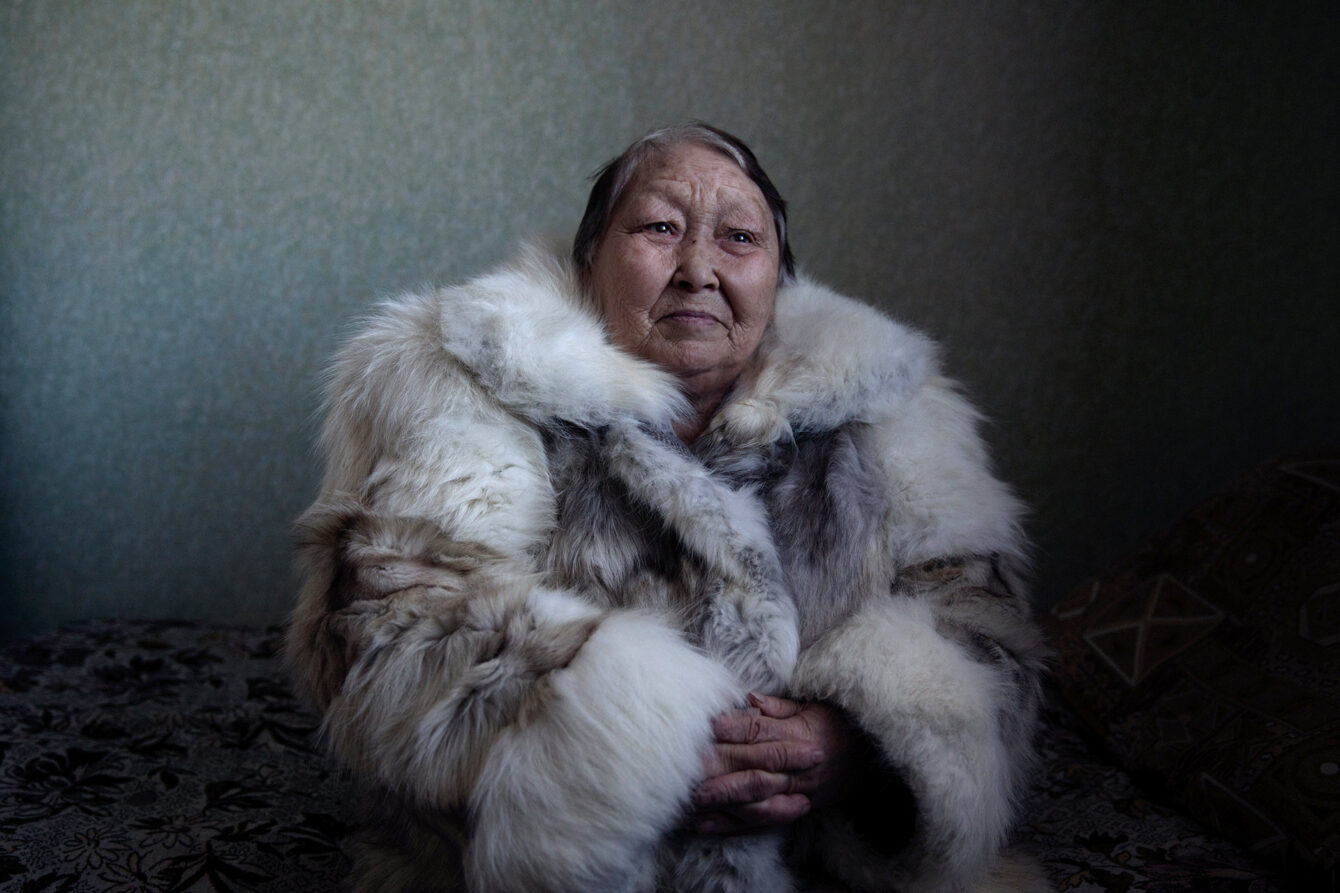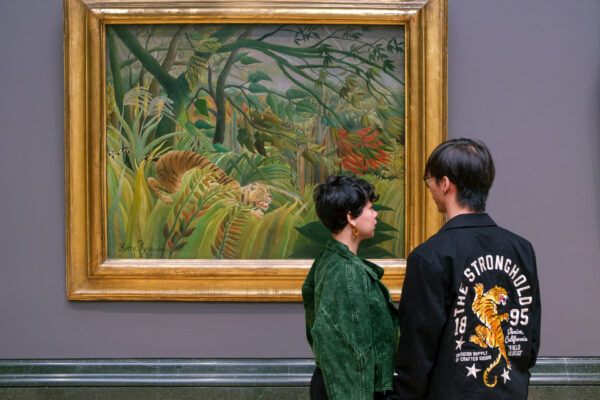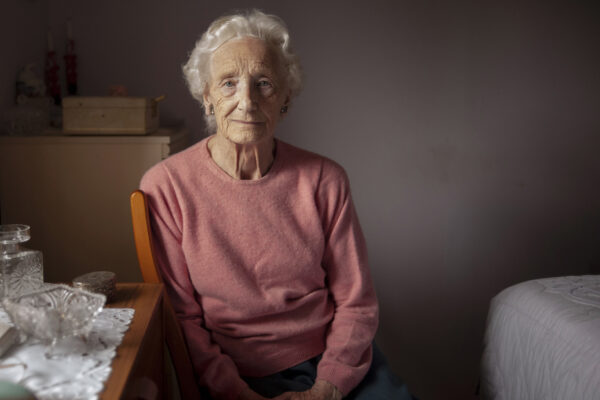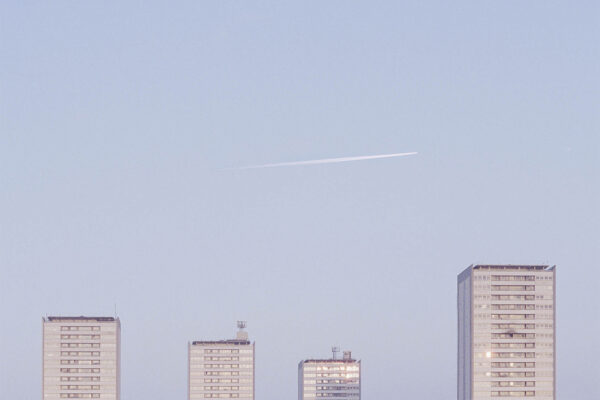In the remote village of Yar-Sale in Northern Siberia, live a group of elderly women. They were once part of a nomadic community of reindeer herders. However, in their old age, they spend most of their days in seclusion, away from nature and their community. While men are usually more encouraged to remain within the migrating community and maintain their social roles, the women often face the struggles of old age alone.
It took a flight, a sixty-hour train ride from Moscow, and a seven-hour bone-breaking drive across a frozen river for me to meet them. I immersed myself in their closed community, and for days, over many cups of tea, they shared their stories, lullabies, and longings with me. Longing for nature, gone parents and friends.
On this series, the memories of the past, represented by the images of the outside world, are combined with the portraits of current reality. By doing so, I tried to give their stories a visual representation. One that could last after they are already gone.
(*Like Last Year’s Snow is a Yiddish expression – referring to something which is not relevant anymore)


























